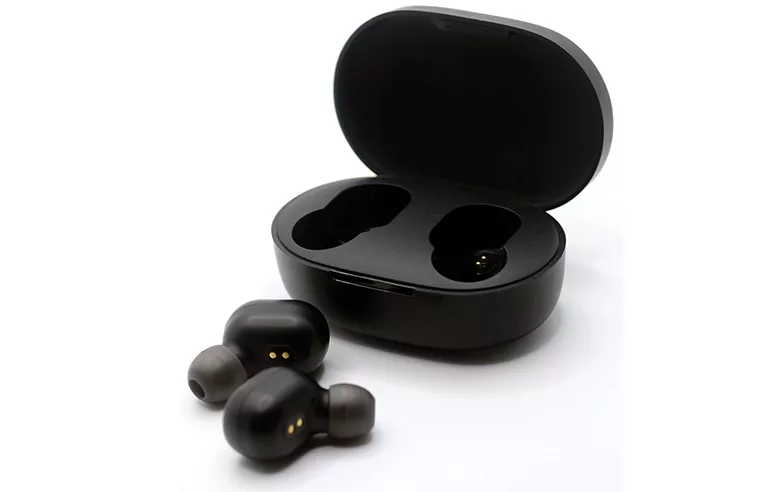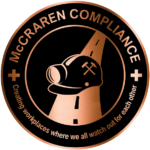
Photo: Elizabeth Fernandez/gettyimages
Is it OK to wear earbuds while working?
Oregon OSHA has conducted “multiple workplace fatality investigations where earbuds may have played a role.” The agency recently issued an alert describing one case in which a worker, unaware that a slow-moving excavator was approaching from behind, stepped into its path and was fatally struck.
In addition to not hearing approaching equipment, workers who use earbuds may have difficulty communicating with co-workers, Oregon OSHA says. And although some earbuds have noise-canceling properties, they don’t protect workers from “loud sustained noise” (such as noise greater than 90 dBA).
“Traditional hearing protectors, such as earplugs and earmuffs, must be tested and approved in accordance with American National Standards Institute guidelines and must be labeled with an NRR established by the Environmental Protection Agency,” Oregon OSHA emphasizes.
To reduce the risks associated with using earbuds on the job, the agency recommends employers:
- Complete a thorough evaluation of the workplace. “Identify jobs, work processes and equipment to determine where the use of earbuds should be prohibited, along with areas where their use will not create a hazard to the user or others in the area.”
- Share with employees the hazards of using earbuds while working.
- Create a policy that documents in what areas or during specific tasks the use of earbuds presents a risk to employee health or safety.
- Enforce the policy. “Document any violations and follow up with appropriate discipline, if necessary.”
McCraren Compliance offers many opportunities in safety training to help circumvent accidents. Please take a moment to visit our calendar of classes to see what we can do to help your safety measures from training to consulting.
Original article published by Safety+Health an NSC publication


